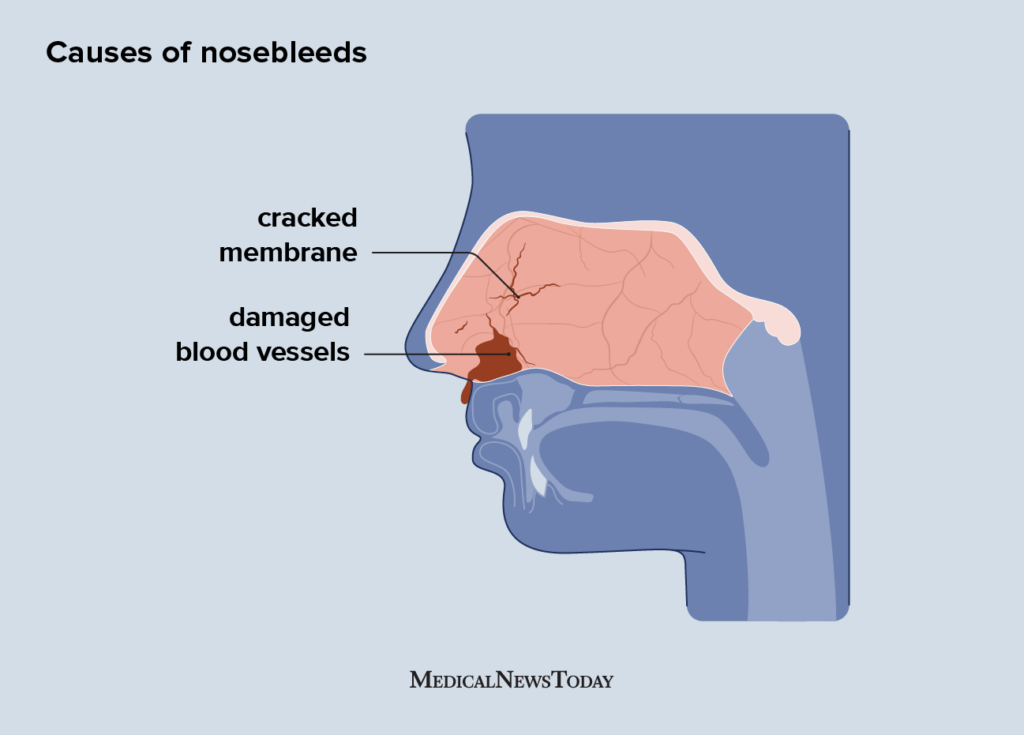Bloody Nose Chronicles: Unmasking the COVID Connection
Explore the correlation between bloody nose and COVID-19, understand its causes, learn prevention and treatment options for nosebleeds during the pandemic.

In recent times, the world has been grappling with the COVID-19 pandemic, a respiratory illness caused by the novel coronavirus (SARS-CoV-2). As more information about the virus and its symptoms is discovered, it is essential to stay informed and adapt our understanding of the disease. One such symptom that has been observed in a minor percentage of COVID-19 patients is a bloody nose or epistaxis. This article will explore the reasons behind this symptom and its implications for the affected individuals.
Epistaxis, or a bloody nose, is a common occurrence in the general population and can be caused by various factors such as allergies, dry air, or physical trauma. However, recent studies have shown that a small percentage of COVID-19 patients have reported experiencing epistaxis during the course of their illness. It is important to note that this symptom is not as prevalent as others such as fever, cough, and shortness of breath, but it is still worth considering when examining the broader picture of COVID-19 symptoms.
One possible explanation for the occurrence of a bloody nose in some COVID-19 patients is the fact that the virus primarily targets the respiratory system, which includes the nasal passages. The virus can cause inflammation and irritation in the nasal tissues, leading to increased sensitivity and a higher likelihood of bleeding. Additionally, the virus may damage the blood vessels in the nose, weakening their walls and making them more susceptible to rupture.
Another factor that may contribute to the presence of a bloody nose in COVID-19 patients is the use of medications to manage the illness. Some of these medications, such as anticoagulants, can thin the blood and increase the risk of bleeding. In some cases, patients may also be using nasal sprays or decongestants to alleviate nasal congestion, which can cause further irritation to the nasal tissues and increase the likelihood of bleeding.
It is important to remember that a bloody nose, in and of itself, is not a definitive indicator of COVID-19. Many other factors can cause epistaxis, and it is crucial to consider other symptoms and risk factors when determining the likelihood of a COVID-19 diagnosis. However, if you are experiencing a bloody nose along with other known symptoms of COVID-19, it is advisable to consult with a healthcare professional to determine the appropriate course of action.
In conclusion, while a bloody nose is not a common or definitive symptom of COVID-19, it has been observed in a minor percentage of patients. The virus's impact on the respiratory system and the use of certain medications may contribute to this symptom, but it is essential to consider the broader context of an individual's health and risk factors. If you are concerned about a bloody nose in conjunction with other COVID-19 symptoms, contact your healthcare provider for further guidance and testing, if necessary. As our understanding of the virus evolves, it is crucial to stay informed and adapt our approach to symptom identification and management to protect ourselves and our communities.



